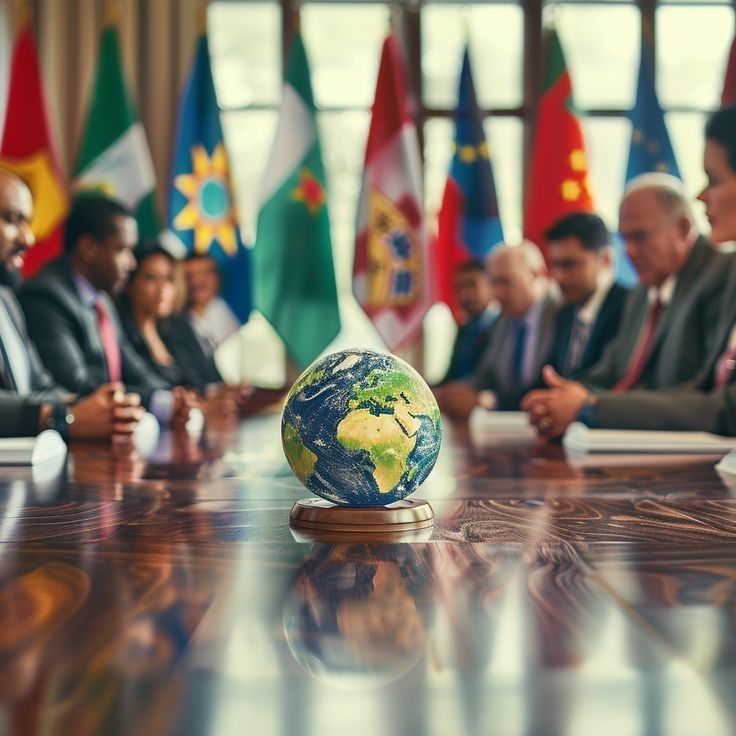The global trade landscape is undergoing a profound transformation, driven by escalating geopolitical tensions and a re-evaluation of international partnerships. A recent 2025 update from McKinsey sheds light on these critical shifts, revealing a dynamic interplay of “friendshoring,” “nearshoring,” and diversification efforts that are reshaping economic alliances worldwide.
Gone are the days of purely economically driven trade. The latest analysis indicates a significant decline in “geopolitical distance” in trade relationships since 2017. This means nations are increasingly prioritizing trade with partners who are geopolitically aligned, leading to a noticeable reduction in trade between economies at opposing ends of the political spectrum. For instance, the United States is actively reconfiguring its supply chains away from China, fostering stronger trade ties with countries like Mexico and Vietnam. Similarly, European economies are lessening their reliance on Russia, turning towards partners such as the United States.
However, this isn’t a simple story of fragmentation. While major economies like China, Germany, and the United States are diversifying their sourcing to build resilience, other regions present a more complex picture. Developing economies now form the backbone of China’s import and export activities. Furthermore, regions like ASEAN, Brazil, and India are demonstrating an increased tendency to engage in trade across the geopolitical spectrum, often deepening their existing ties, particularly with China. This suggests a nuanced reconfiguration where some regions consolidate existing relationships while others strategically broaden their trade horizons.
Interestingly, despite the buzz around “nearshoring,” the average geographic distance of trade has, in fact, been slowly increasing. This indicates that a widespread return to localized production isn’t yet a dominant global trend. Instead, the focus appears to be on strategic diversification and building more robust, albeit sometimes longer, supply chains.
In this evolving environment, organizations face both challenges and opportunities. Understanding these intricate “geometries” of global trade, characterized by shifts in trade intensity, geographic and geopolitical distance, and import concentration, is paramount. Businesses and policymakers alike must develop an “insights edge,” anticipating future scenarios and cultivating the geopolitical acumen necessary to thrive in an increasingly interconnected yet reconfiguring world. The ability to adapt, innovate, and forge new, resilient partnerships will be the hallmark of success in this new era of global trade.
For those seeking a deeper understanding of these complex global dynamics and their implications, consider exploring advanced studies in the field:
Learn more about a Master of Arts in International Relations from: MA International Relations – NEXT Campus
This article draws its insights from the comprehensive analysis provided in:
Geopolitics and the geometry of global trade: 2025 update from: McKinsey & Company.



